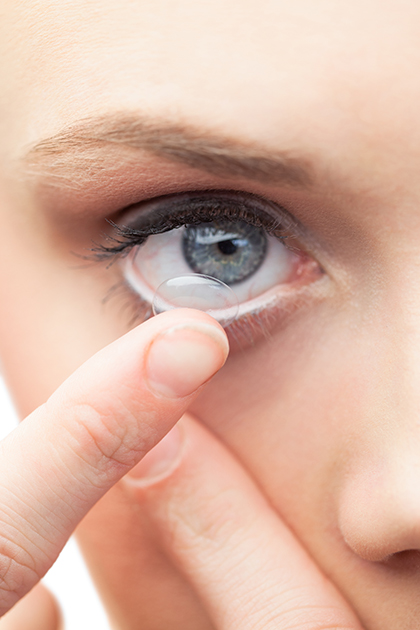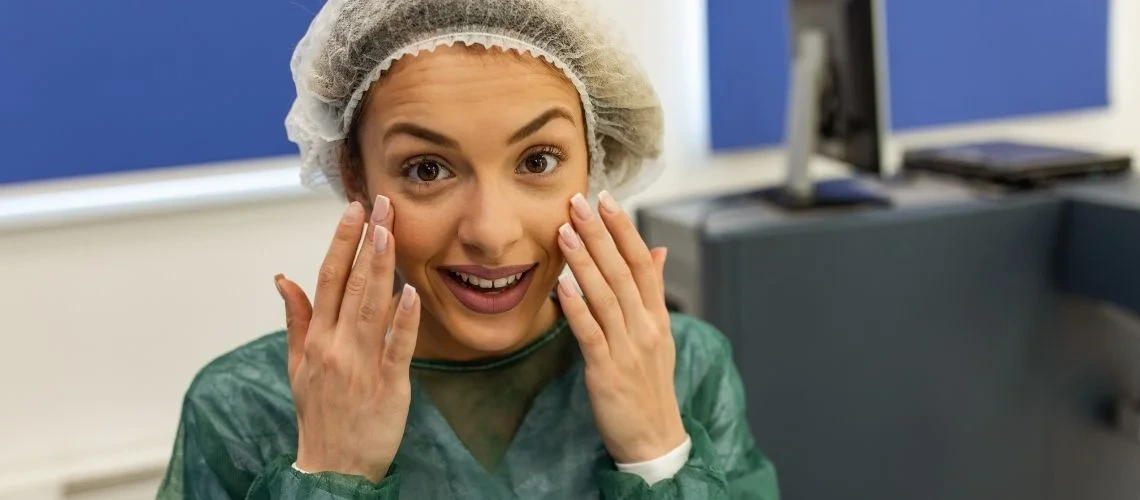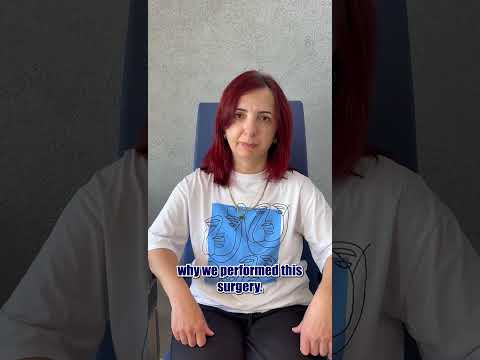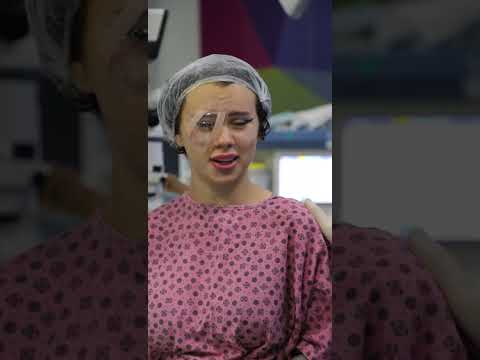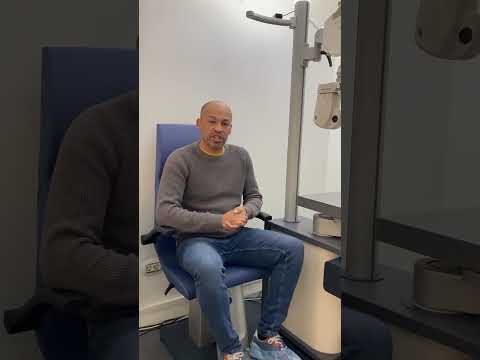Eye tremor, or nystagmus, is an eye disorder characterized by involuntary eye movements, and it can significantly affect a patient's quality of life. Ophthalmologist Op. Dr. Ömer TAKEŞ applies the most suitable treatment methods for his patients in the management of eye tremor – nystagmus.
What is Eye Tremor?
Eye tremor refers to a condition in which the eyes make involuntary and repetitive movements. These movements are usually horizontal, vertical, or circular and occur in both eyes simultaneously. Eye tremor may be congenital or acquired later in life, and it is often a sign of an underlying health issue.
Types of Eye Tremor
Congenital Nystagmus
This type usually appears shortly after birth and persists throughout life. Eye movements are generally horizontal and occur at a constant speed. It typically affects both eyes simultaneously.
Acquired Nystagmus
This type develops later in life due to various reasons. Eye movements may vary in speed and direction. It is usually associated with an underlying medical condition.
Causes of Eye Tremor
-
Congenital eye tremor may be inherited genetically.
-
Certain medications and excessive alcohol consumption can lead to nystagmus.
-
Eye diseases such as cataracts, glaucoma, or retinal disorders can cause eye tremor.
-
Problems in the vestibular system may result in dizziness and nystagmus.
-
Neurological conditions such as multiple sclerosis or stroke can cause nystagmus by affecting the brain and nervous system.
Symptoms of Eye Tremor
-
Involuntary eye movements
-
Blurred or unstable vision
-
Dizziness and balance issues
-
Eye fatigue and headaches
-
Light sensitivity
Treatment Methods for Eye Tremor
Eyeglasses and Contact Lenses
Corrective lenses can be used to treat refractive errors and may help reduce the impact of nystagmus by improving visual clarity.
Prismatic Glasses
Special prismatic lenses help stabilize eye movements, allowing patients to see more clearly. They may also reduce eye strain and headaches.
Medication
Certain medications can be prescribed to relieve symptoms of nystagmus. These drugs help improve control over eye muscles, reducing involuntary movements.
Botulinum Toxin Injections
Injections into the eye muscles can help relax them and reduce movement. This provides temporary control over eye motion and may improve vision quality.
Surgical Intervention
In severe cases, surgical procedures may be performed on the eye muscles. Surgery can permanently improve eye movements and enhance visual performance.
Visual Rehabilitation
Rehabilitation programs can be implemented to help patients see better in daily life. These aim to enhance visual function and improve overall quality of life.
Important Considerations in Eye Tremor Treatment
Early Diagnosis: Identifying the causes of nystagmus early positively influences the treatment process.
Regular Check-ups: Routine eye examinations during the treatment process increase effectiveness.
Treatment of Underlying Conditions: Addressing the root causes of nystagmus is essential for lasting results.
Eye tremor can be managed effectively with the right treatment approaches, significantly improving the patient’s quality of life. Ophthalmologist Op. Dr. Ömer TAKEŞ offers the most appropriate solutions for nystagmus, helping his patients achieve clearer and more comfortable vision through his expertise and experience.




